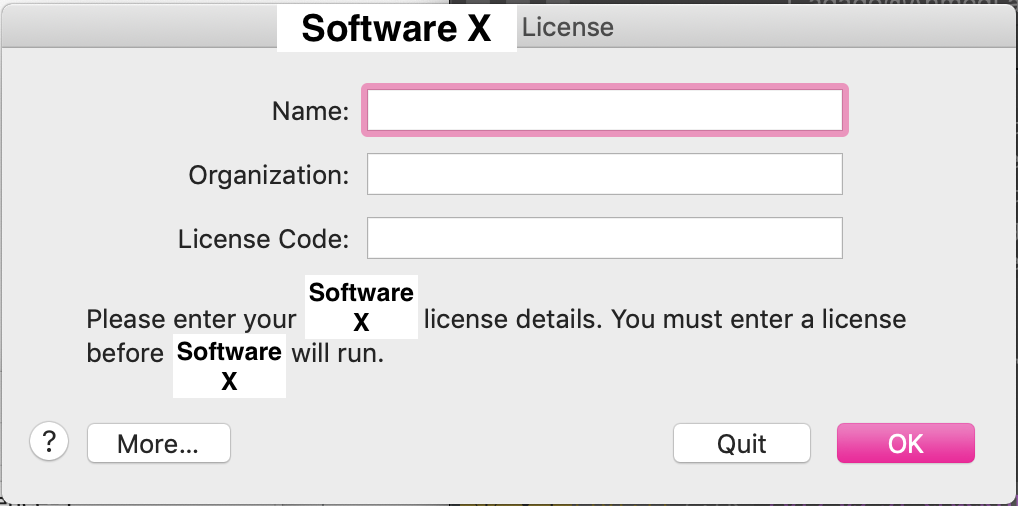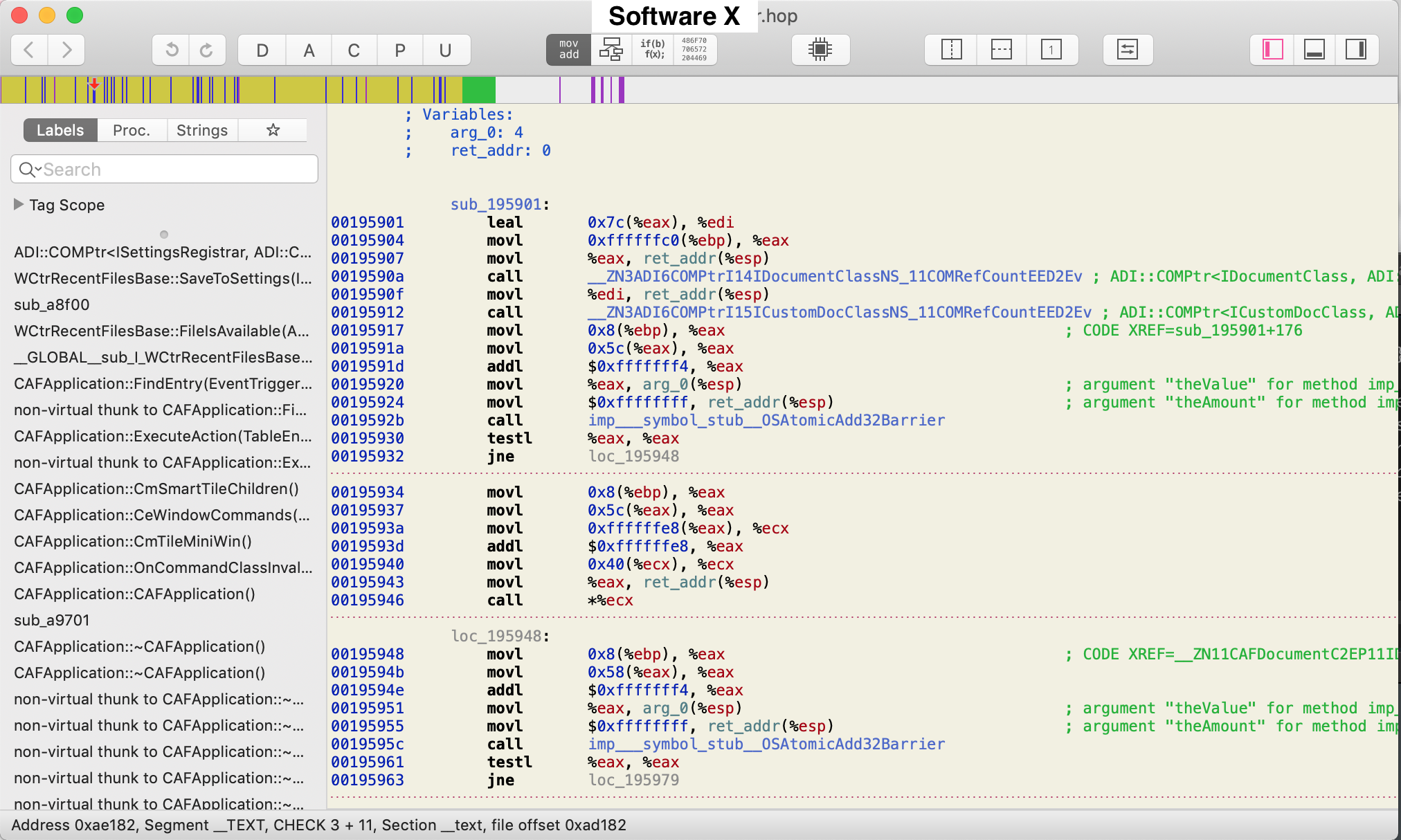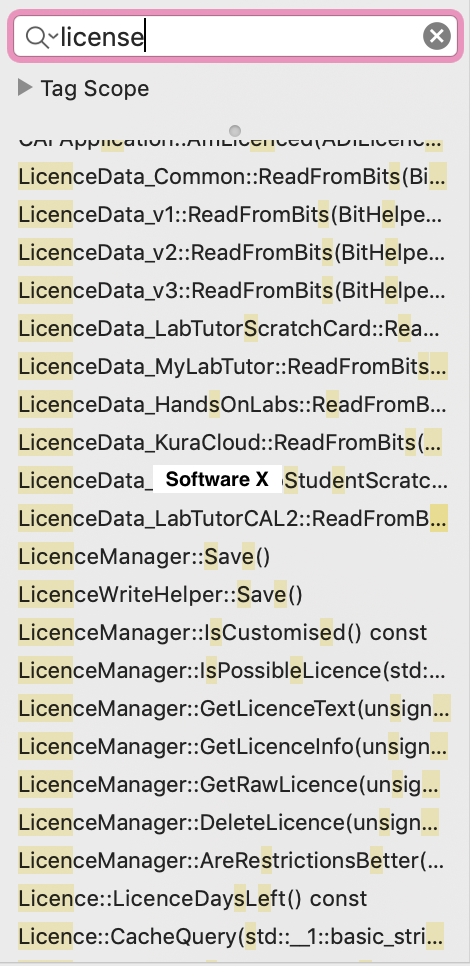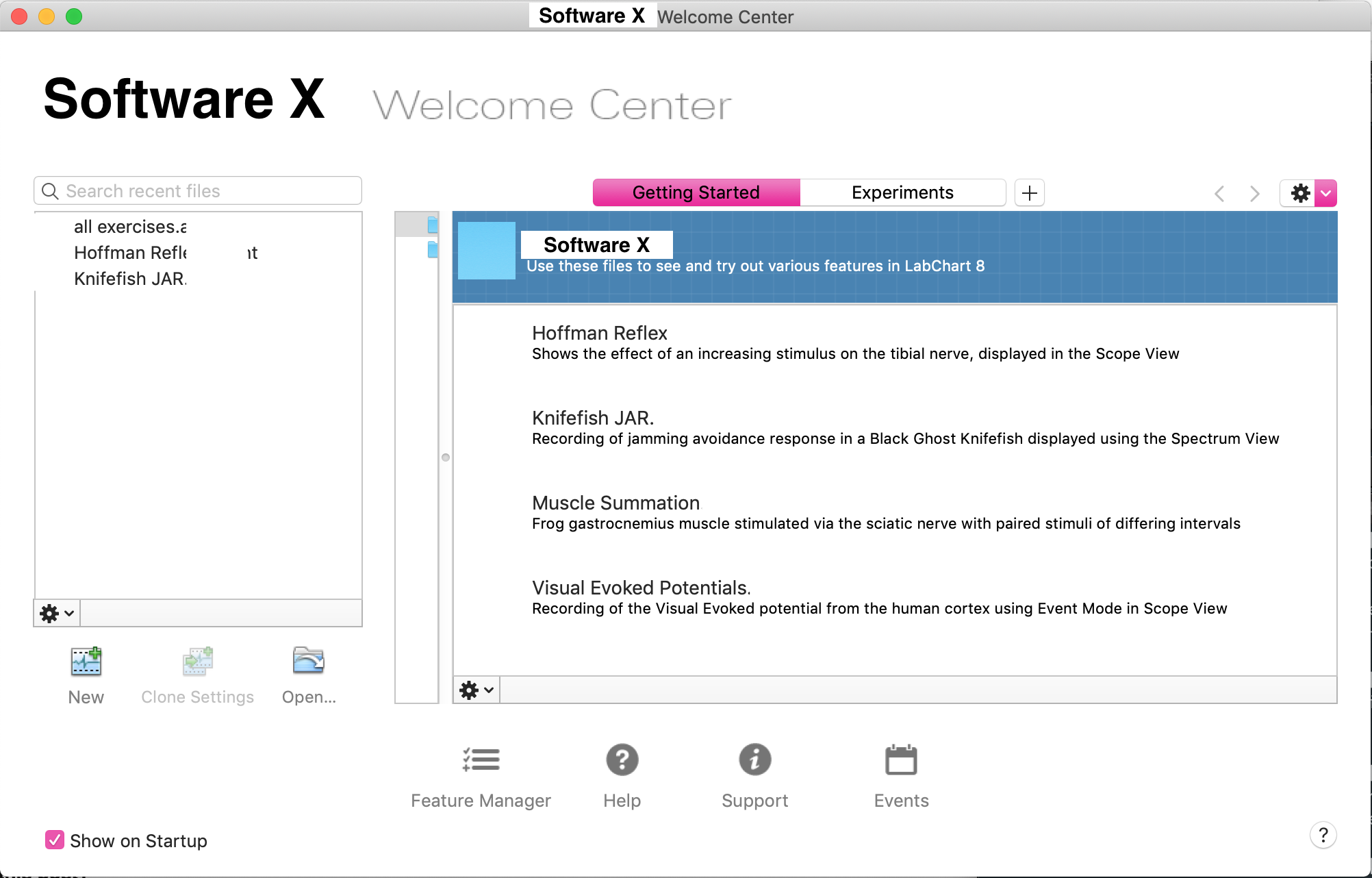Cracking software through Assembly code
Last semester, on the night of a COMP160 exam, instead of studying, I decided to take on a new fun challenge: I would try and develop a crack for some software! The idea is to alter the assembly code of a program in order to make it run without proper licensing. Assembly code is the code that is fed to the CPU that tells it what to do. In other words, it is the most low-level form of code that a human can look at and understand. Thankfully, I was familiar with Assembly thanks to COMP40, which is an awesome class at Tufts where students learn the details how computers work in the most low-level way. In one assignment, called the Bomb, students are handed an executable file, and no accompanying source code. The idea then is to use a disassembler program to read the binary instructions written in the executable and convert it to human-readable assembly. It just occurred to me that what we did in that assignment is exactly what a person developing a crack would do: bypass and overcome checks instilled in a software in order to alter its behavior. I was excited to start this project mainly because I had no idea what I was doing, and I always looked at cracks as something magical that only geniuses can make. I also did not want to study for Comp160 exam but wanted to feel good about how I spent my time. Clearly, this project was the way to go!
The first step was choosing which software to crack. Personally, I would love to crack some super-famous software like Adobe Photoshop or Microsoft Word. However, these software were probably made to be hard to crack. I cannot expect myself to be able to crack them; I am just starting my career as a software cracker! I chose a more low-key yet useful software. I should not disclose its name, since it is probably illegal, and I don’t want to go to jail yet. However, in this post, I will show everything about how I cracked it without showing any identifying information. In the following text, I will refer to the software as “X”.
The next step was to find the executable associated with the software. Since I own a Mac, the structure of any application is more or less standard: the executable usually hides in /Applications/X/X.app/Contents/MacOS/X. This was exactly where I found the executable. Next, I ran the executable and took notes of its behavior, looking for cues on how the software might have been written. When you first run the software, it shows the following dialog:

Ok. Dialogs probably mean an event loop that is exited once you click “Quit” or “OK”. For example, after clicking “Quit”, the code flows in the direction of exiting the program. Therefore, the other direction must be to continue the program (or at least that is what I would expect). Let’s disassemble the executable and try and find if this hypothesis is true. I spent a couple of hours trying to find a good disassembler for MacOS. I tried Cutter mainly because it is open-source and community driven, but unfortunately it did not cut it. The executable was too big and the software was too laggy. I ended up using Hopper. Once I loaded the executable in Hopper, and let it run its analysis, I was faced with this:

Lots and lots of assembly code. Where do I start? At first, I was lost for hours trying to manually look into the assembly code, starting from the main function, which is where every UNIX program must start. However, even though the function was there, it was just too much to absorb. The amount of instructions was so much that it was next to impossible to track the flow of the program up until it checks for proper licensing. My next try was to use the search function by searching for words like “license” or “dialog”. Fortunately, this yielded results:

In fact, I got so many results that I was surprised. All the labels were there, non-obfuscated, waiting for a patient hacker to read and figure out. One label was so obviously named GetLicensedThisRun. Contrast that to all the label names in the Bomb assignment, which were intentionally vague to not give away any information about the intent of the functions. Clearly the people who made this software did not make any effort to make it non-hackable. Nevertheless, it took me hours of searching, finagling and referring to assembly code cheat sheets until I figured out where the dialog code is:
000adf25 call __ZN317RunStandardDialogERKNS_6StringES2_S2_ ; ::RunStandardDialog(::String const&, ::String const&, ::String const&)
000adf2a movl 0xffffffc8(%ebp), %eax
000adf2d addl $0xfffffff4, %eax
000adf30 movl %eax, 0x4(%esp) ; argument "theValue" for method imp___symbol_stub__OSAtomicAdd32Barrier
000adf34 movl $0xffffffff, (%esp) ; argument "theAmount" for method imp___symbol_stub__OSAtomicAdd32Barrier
000adf3b call imp___symbol_stub__OSAtomicAdd32Barrier
000adf40 testl %eax, %eax
000adf42 jne $__ZN14CAFApplication5StartEv+16747
In retrospect, it is clear what this code might be doing. However, when I first looked at it, I was clueless. I can see that there is a test command followed by a conditional jump jne. However, I don’t know what it is testing, or where it is jumping. In order to understand this, I decided to step into the code. I used lldb and placed a breakpoint at the address 000adf25, which corresponds to calling the dialog. After this, I would step into the code, instruction by instruction, and watch what the application does. It was a tedious process, but a straightforward one. I realized that the call to the dialog function is a blocking call that returns once the “Quit” button is clicked. Easy! This means that I do not need to look into what the dialog function does. Everything is happening at the top-level. The first few movs I do not understand, but I think they fetch the result of the dialog and prepare it for some kind of check. It turns out that, if the program is unlicensed, the jne function jumps to an address that eventually closes the program. In order to make that not happen, I could do multiple things. For example, inverting the condition (by changing jne to je) does the trick. I could also replace the jne with a jmp to the location that continues the program execution. Finally, I could also change the jne to a nop, which is the instruction for doing nothing. Changing the instruction is as simple as overwriting the hex code for that instruction in the hex editor that Hopper so conveniently provides. This process was applied to exactly 3 checks. Some of which were as obvious as calls to functions like LicenseLib_Init() and ActivationCheckActivationEv(). Finally, after voiding all these checks, I program loaded correctly:

Yee
